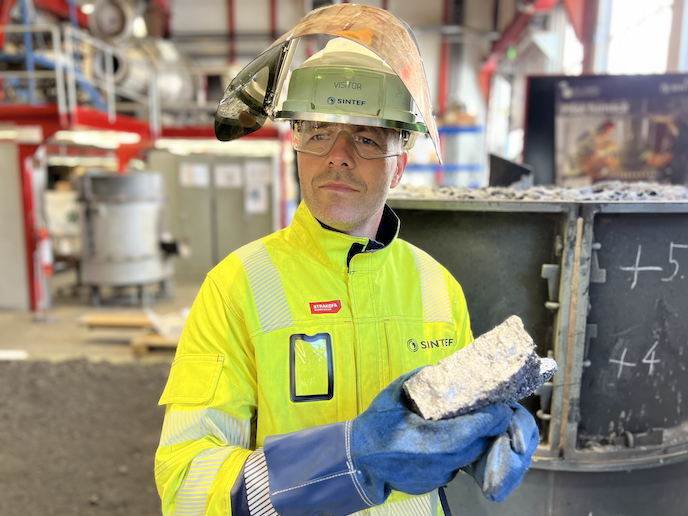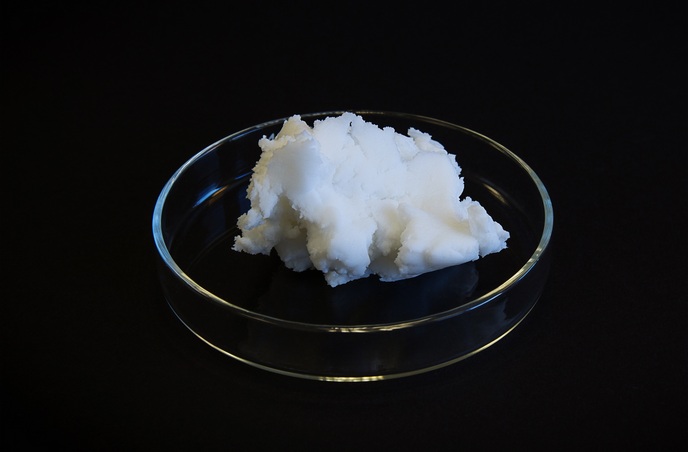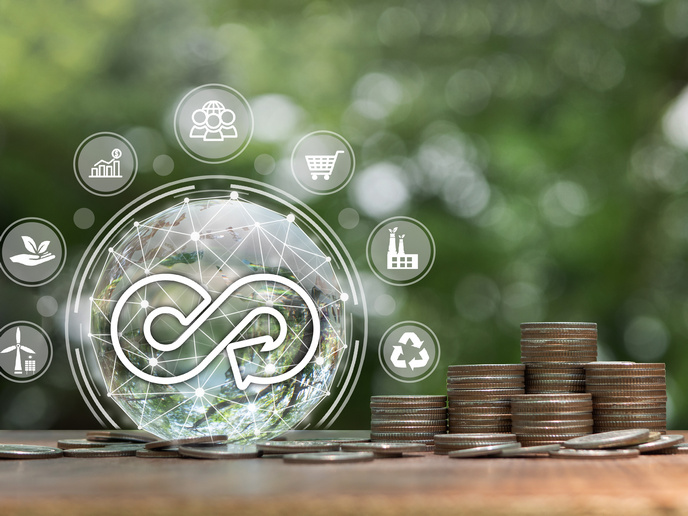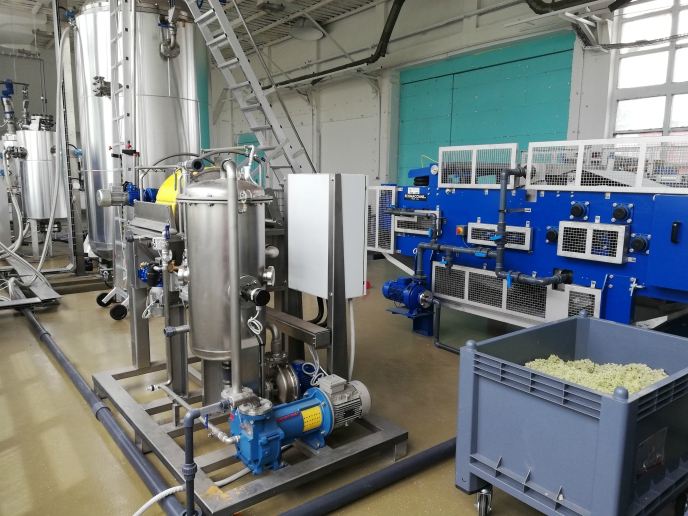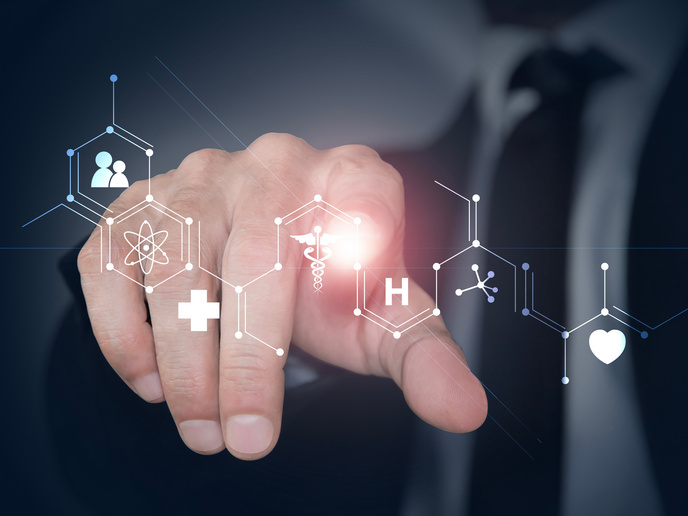Eco-efficient silicon processing for a circular economy
Renewable electricity is set to become a cornerstone of Europe’s future sustainable, climate-neutral energy system. At the same time, technological advancement has increased demand for microelectronics. As a result, the market for photovoltaics and semiconductor wafers has grown exponentially. These high-value products rely on the transformation of silicon metal – a critical raw material – into solar cells or chips we use in everyday items such as smartphones.
Silicon production challenges
“To make high-purity silicon, you start with quartz,” explains ICARUS(opens in new window) project coordinator Martin Bellmann from SINTEF(opens in new window) in Norway. “This is mined but then has to be processed, which consumes a lot of energy and generates CO2.” This produces silicon crystals or ingots, which are then sliced into thin wafers to make solar cells or microchips. “This process is a little like sawing wood, and generates a lot of waste,” says Bellmann. “About 35 % of silicon is lost.” In addition, growing crystals requires extremely high temperatures, as well as melt containers made of high-purity quartz. These are then disposed of after use. Another source of waste is graphite used in furnaces. Silicon is also mostly imported from Asia, which has cost and supply chain security issues.
Refining and transforming industrial silicon
The EU-funded ICARUS project recognised a key opportunity to address this issue of imports, along with challenges related to waste and emissions. To achieve this, it set out to design processes capable of refining and transforming industrial silicon, graphite and silica waste streams into high-value finished products. “Our aim was to find solutions capable of recovering 95 % of high-value raw materials from silicon ingot and wafer manufacturing,” explains Bellmann. “This could unlock substantial volumes of raw materials for further industrial high-end applications.” The project was able to demonstrate three innovative industrial pilots that successfully recovered silicon, silica and graphite. “We began by collecting waste products from source,” adds Bellmann. “Silicon powder is usually wet, so it has to be dried and pretreated. Impurities also have to be removed in order to achieve the quality necessary for reuse.” Another pilot focused on turning these raw materials into full-value industrial products, for different high-end applications. These ranged from photovoltaic cells to lithium ion battery cells. Silicon waste was also transformed into hydrogen and water glass (also known as sodium silicate), a compound use as a cementing and binding agent in the building industry.
Ensuring reliable supplies of silicon
The project team is currently presenting these results to industry, not only in Europe but around the world. One possible avenue being explored is the selling of licences in order to further develop and build up the technology through partnerships. “Our results could help to boost the European photovoltaic industry, through providing a domestic source of raw material,” says Bellmann. “The technology we developed could support this revival.” The semiconductor industry similarly requires reliable supplies of silicon, at even higher levels of purity than photovoltaic cells. Here again, the concepts and technology pioneered through ICARUS could help to boost European competitiveness in this field.



